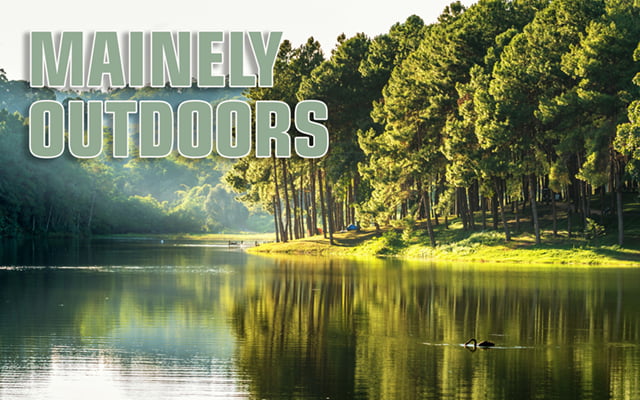For folks who enjoy warm weather, less snow and reduced heating oil bills, it’s been a dandy winter. The unusually mild conditions have been a welcome respite for wild game animals, especially our dwindling deer herd, but dangerous for area anglers who ventured onto thin ice and took a late season swim. Snowmobiles, skiers and ice fishermen have not been so happy, but the snow and biting cold weather finally arrived the third week of January.
Despite single-digit temperatures and nose-numbing wind chills, wise sportsmen will still make random ice thickness checks as they venture across lake surfaces. Spring-holes, inlets, and water currents alter ice depths forming a foot of ice in one spot and only three inches a few yards away. Don’t assume, and don’t take chances, it only takes a minute with an ice chisel or auger to assure safety.
A selection of regional lake options currently offering safe conditions and regular daily action include easy to reach locations and a variety of species. Ice drillers who enjoy the unique sport of handlining for smelt should visit, Portage Lake, Squa Pan Lake or Pleasant Lake in Island Falls. Birch Point Lodge in Pleasant lake offers smelt huts for rent by the hour or by the day. A portable ice shanty allows sports to fish at night on any selected waterway, a time when work won’t interfere, smelt and cusk are more active, and the angler pressure is reduced.
Ice fishermen from the Presque Isle area would be wise to visit Arnold Brook Lake to enjoy steady trout action. A regular spring and fall stocking program provides excellent January results, and often brookies in the two to three pound range offer great tug-of-war tussles. Arnold Brook is a perfect place to introduce youngsters and neophyte winter anglers to the sport, you can drive right to the shoreline and even watch tip-ups from the vehicle. Since the waterway is only minutes from Main Street, it’s perfect for a short visit, even a pre-work or lunch time outing.
Hard-water fishermen seeking a more unique quarry won’t need to look hard or travel far either. Meduxnekeag Lake near Houlton also called Drew’s Lake by the locals, offers the chance to hook a bragging size brown trout. When the trout and salmon have a case of lockjaw, white and yellow perch and good-sized pickerel usually keep the flags flying.
Lake trout, also called togue, can be tough fish to catch, especially the large ones that weigh over 10 lbs. Patience and heavy duty gear are the two mainstays which eventually yield double-digit togue. Eagle Lake of the Fish River chain of lakes, Big Eagle Lake and Carr Pond are a trio of likely lakes for sports hoping to do battle with heavyweight lakers.
For much faster action and fun with 2- and 3-lb. togue, and an occasional five-pounder, the Musquacook Lakes are the destination. Plumb the depths of Second and First Musquacook to enjoy regular strikes, these are the simplest of the five sister lakes to reach. Both may be accessed on snowshoes from a nearby road, but a snowmobile certainly allows easier, quicker travel to the far reaches of each lake. Plan on at least a two-hour drive from Presque Isle over rough roads.
Landlocked salmon remain the favorite winter quarry for most cold weather fishermen. Fortunately a great number of Aroostook lakes harbor these hard-fighting silver torpedoes. East Grand Lake near Danforth, St. Froid, Fish River and Cross Lakes between Caribou and Fort Kent boast plentiful numbers of salmon. But for the chance to hook the trophy of a lifetime, Long Lake is the go-to waterway. Dozens of 6- to 10-pound chrome cruisers are caught each year from the depths of Long Lake, and a number of those during winter by novice ice fishermen.
As matter of fact, the annual Long Lake fishing derby will take place the last weekend of January and area anglers can not only catch a trophy fish but collect some prize money as well if their fish is large enough. Regardless of species, there’s a frozen waterway near you that can provide a few hours of cold weather fishing fun, and the action is picking up now that we have thicker ice. Just to be safe, still check ice depths on every trip – better safe than cold, wet and sorry.
Presque Isle, ME
40
Clouds
Houlton, ME
40
Clouds
Caribou, ME
41
Clouds
Fort Kent, ME
39
Clouds
Change Location
- Presque Isle
- Houlton
- Caribou
- Fort Kent
© 2024 Bangor Publishing Company.








